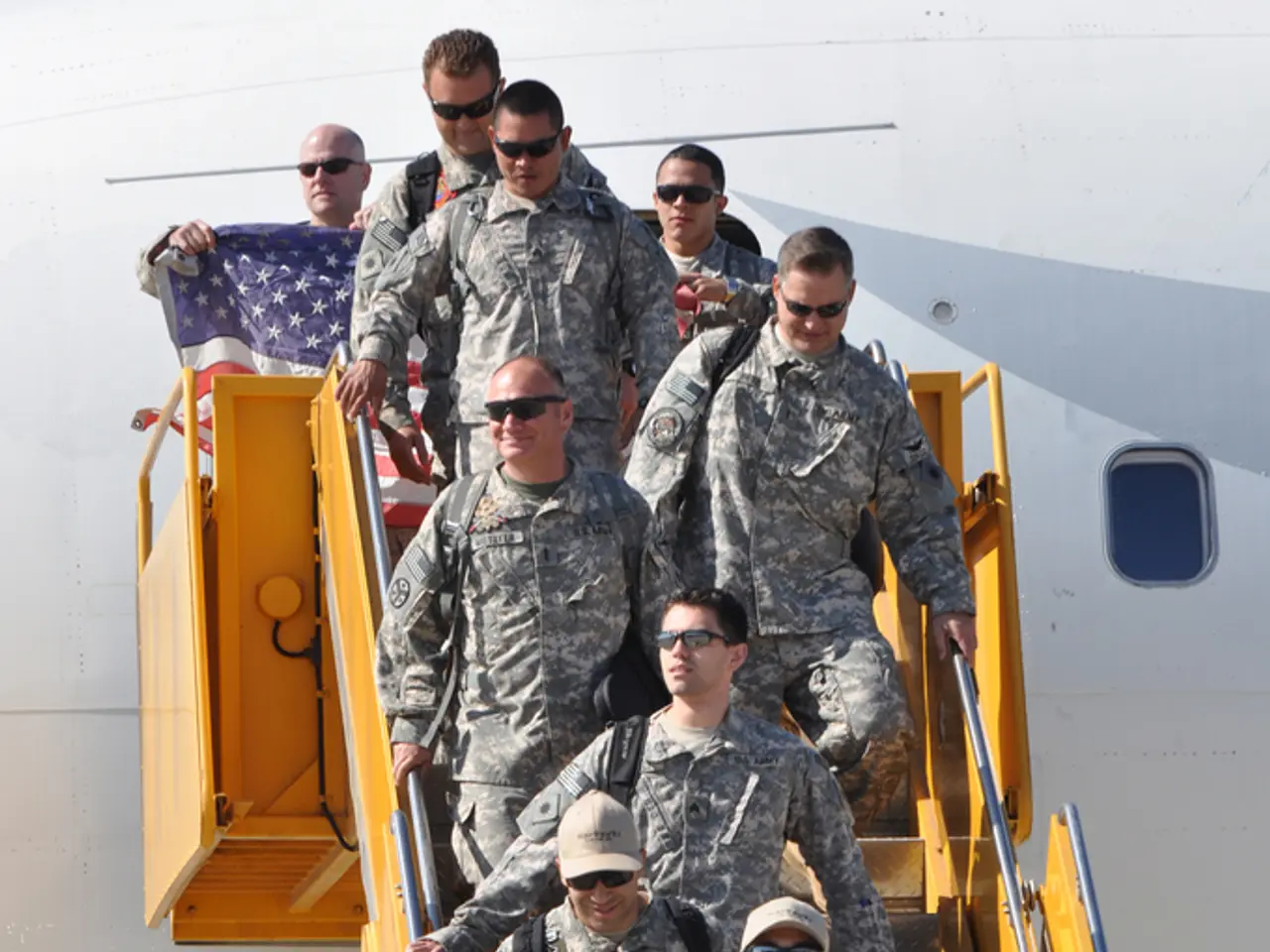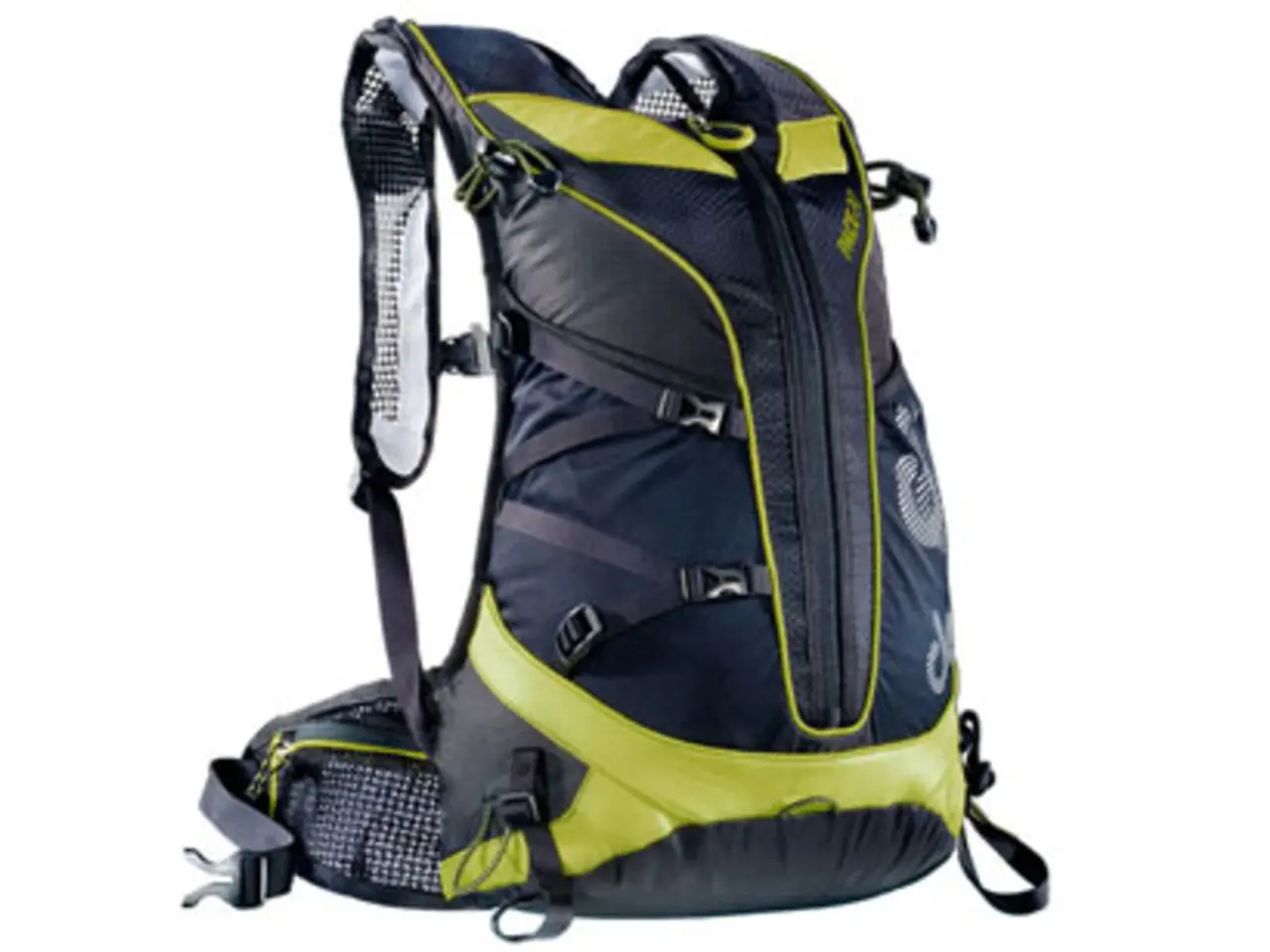Technical Standard Order (TSO) Explained: Functioning and Explanation
In the dynamic world of aviation and drone manufacturing, safety remains the top priority. One key factor that ensures this is the Technical Standard Order (TSO) certification process, a rigorous set of guidelines and formal certification path established by aviation authorities like the FAA.
The process begins with a manufacturer designing a specific aviation component, such as a GPS module, radio, or other critical part, intended for use in aviation systems, including drones. Once the design is complete, the manufacturer submits detailed documentation and prototypes of the component to the relevant aviation regulatory authority to demonstrate compliance with the applicable TSO.
The regulatory authority then evaluates the technical data, testing results, and operational suitability of the component against the established technical standards defined in the TSO. If the component meets all the required minimum performance and quality standards, the authority issues a TSO authorization. This authorization signifies that the component is approved for installation and use in certified aircraft or unmanned aircraft systems (UAS) such as drones.
TSO certification is crucial, especially for aviation and drone components that must operate reliably in critical environments. For drone manufacturing, this means drone components certified under a TSO have demonstrated compliance with recognized aviation safety requirements, facilitating regulatory acceptance and operational use within the national airspace.
This process is particularly relevant as regulatory frameworks evolve for drones, ensuring that manufacturers meet established standards similar to manned aviation components. While the TSO process is standardized, the complexity and scope can vary depending on the component and the operational context, such as military, commercial aviation, or drones.
Foreign manufacturers can also apply for FAA Technical Standard Order authorization if they meet the same requirements and testing benchmarks. TSOs are especially relevant for drone avionics and navigation systems, detect-and-avoid technology, remote ID and transponder hardware, and flight termination systems. TSO-covered components include GPS systems, transponders (e.g., TSO-C199 for ADS-B), barometric altimeters, and flight control units.
In drone manufacturing and aviation-grade component integration, a Technical Standard Order certification ensures the part meets rigorous standards for reliability and safety. This is particularly important for drone makers targeting government contracts, enterprise deployments, or missions near airports and controlled zones.
Jacob Stoner, a licensed commercial drone operator in Canada and the CEO of Flyeye.io, is a highly respected figure within his local drone community. He frequently conducts drone inspections and has a passion for videography during his leisure time. His interest in the societal impact of drone technology advancements and extensive expertise in the drone industry make him a valuable asset in the field.
Eno Umoh, co-founder of Global Air Drone Academy (GADA), is another prominent figure in the drone industry. The Industries page provides examples of drone acronyms, helping newcomers navigate the industry's technical jargon.
Recently, Chariot Defense secured an $8M seed round, demonstrating the growing investment in drone technology and its potential for revolutionizing various industries. As the drone industry continues to evolve, the importance of TSO certification in ensuring safety and compliance with aviation standards will remain paramount.
Technology, such as GPS modules, radios, and critical parts designed for use in aviation systems, undergoes the Technical Standard Order (TSO) certification process to demonstrate compliance with aviation safety requirements. TSO certification is crucial for components used in drones, as it ensures they meet rigorous standards for reliability and safety, particularly important for government contracts, enterprise deployments, or missions near airports and controlled zones.




